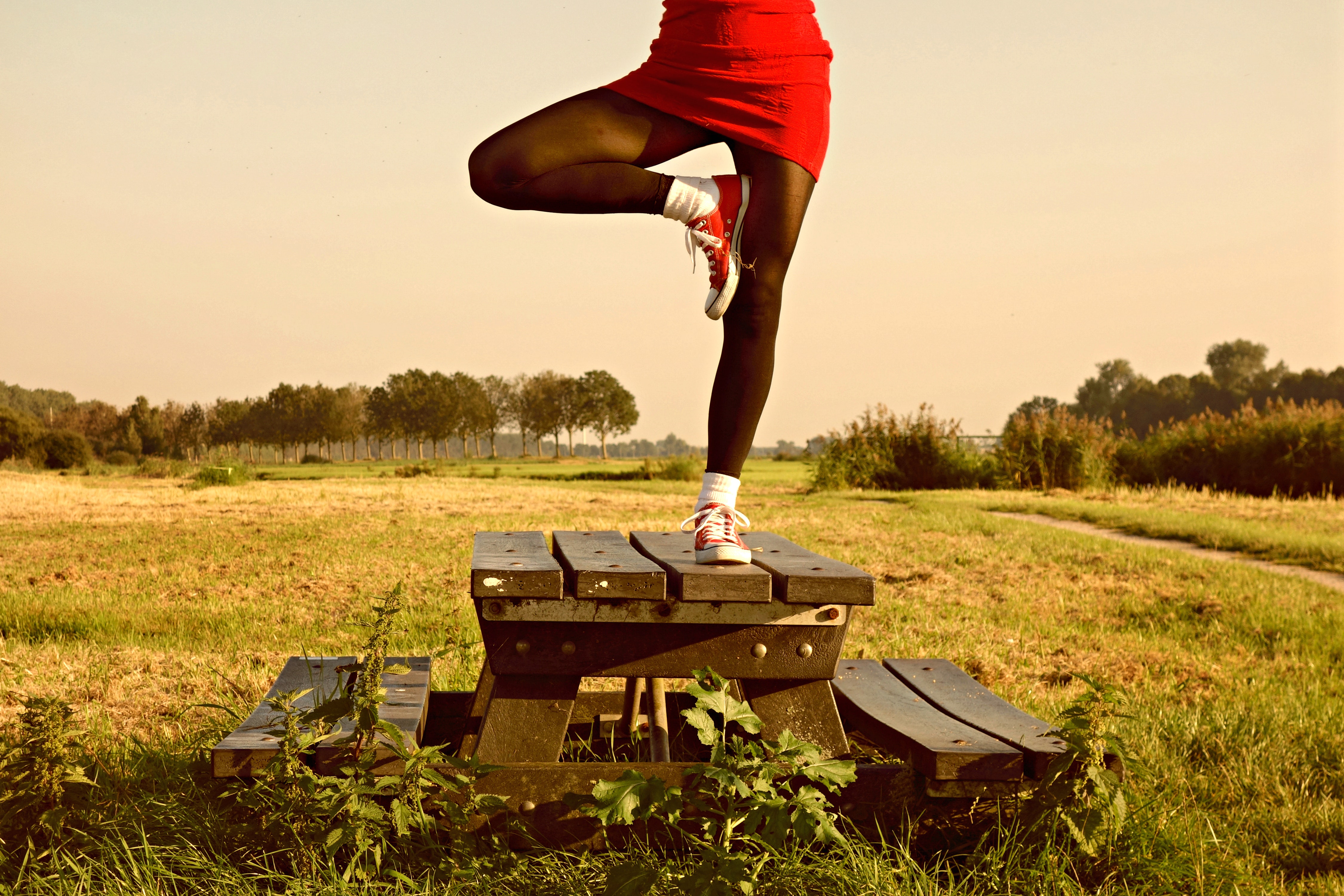
Do you ever notice that one side of your body is stronger than the other? What about flexibility and power, does that vary from side to side as well? If so – you’re not alone. In my coaching experience, I have found that most clients have a more dominant side. There can be many reasons why you have a discrepancy in your upper or lower body: past injury, which side is naturally more dominant, lifestyle (which hand you write with, which leg you step/jump with, etc.) While this development might be normal it’s also important to note that strength training can either exacerbate or help balance your muscular imbalances.
If you are only performing bilateral exercises (bilateral- both arms or legs) you will get stronger on both sides at the same time.
This is great for increasing strength and power but if you don’t split your limbs up and force each one to work independently they will continue to be uneven. For example, if you are squatting 115lbs with both legs your right leg may be doing 75% of the work while your left side is only pushing 25% of the weight. While both legs will get stronger your right side will continue to get the most benefit while your left lags behind.
Interestingly enough this doesn’t usually result in aesthetic differences between sides, but it can put undue pressure and stress on your dominant side. Most people end up injuring their dominant side first because of overuse or joint, ligament injuries. To avoid this result combining bilateral (both sides together) and unilateral (one side at a time) training is recommended.
Unilateral exercises allow you to train each side individually and can help isolate and correct muscle imbalances, aid injury prevention and can also improve injury rehabilitation. When you train one side at a time you are also indirectly stimulating the non-working side of your body. This helps improve the strength of neural pathways in your brain which can improve balance, strength, and endurance on both sides of the body.
Unilateral exercises are single-leg or single-arm movements.
The primary benefit of including unilateral exercises in your training programs is that the exerciser is using both sides of the body equally. Doing so helps your clients avoid overtraining or overusing the dominant side, helps to isolate and correct muscle imbalances, improves balance, utilizes core muscles, aids in injury prevention and facilitates rehabilitation.
It’s best to start with low-impact exercises as you begin unilateral training. Consult with your doctor and a trusted, certified personal trainer before starting any new exercise routine.
Try this! Unilateral movements to add to your next workout. I recommend 3-4 bilateral moves and 2-3 unilateral moves per workout.
Lower Body
- Forward lunge
- Side lunge
- 3D lunge (combine forward, side & reverse lunge)
- Reverse lunge
- Box/Bench step up
- Single leg deadlift
- Bench pistol squat
Upper Body
- Single-arm military press
- Single-arm bicep curl
- Also, single-arm hammer curl
- Single-arm lateral raise
- Single-arm front raise
- Or single-arm push press

Lily Fontas, Ed.M holds a master’s degree from Boston University and is a certified personal trainer and health coach. Her goal is to help others reach their health and wellness goals without blame, shame or dieting. She works with clients globally as a virtual coach and trains clients in-person in Oakland, CA.



